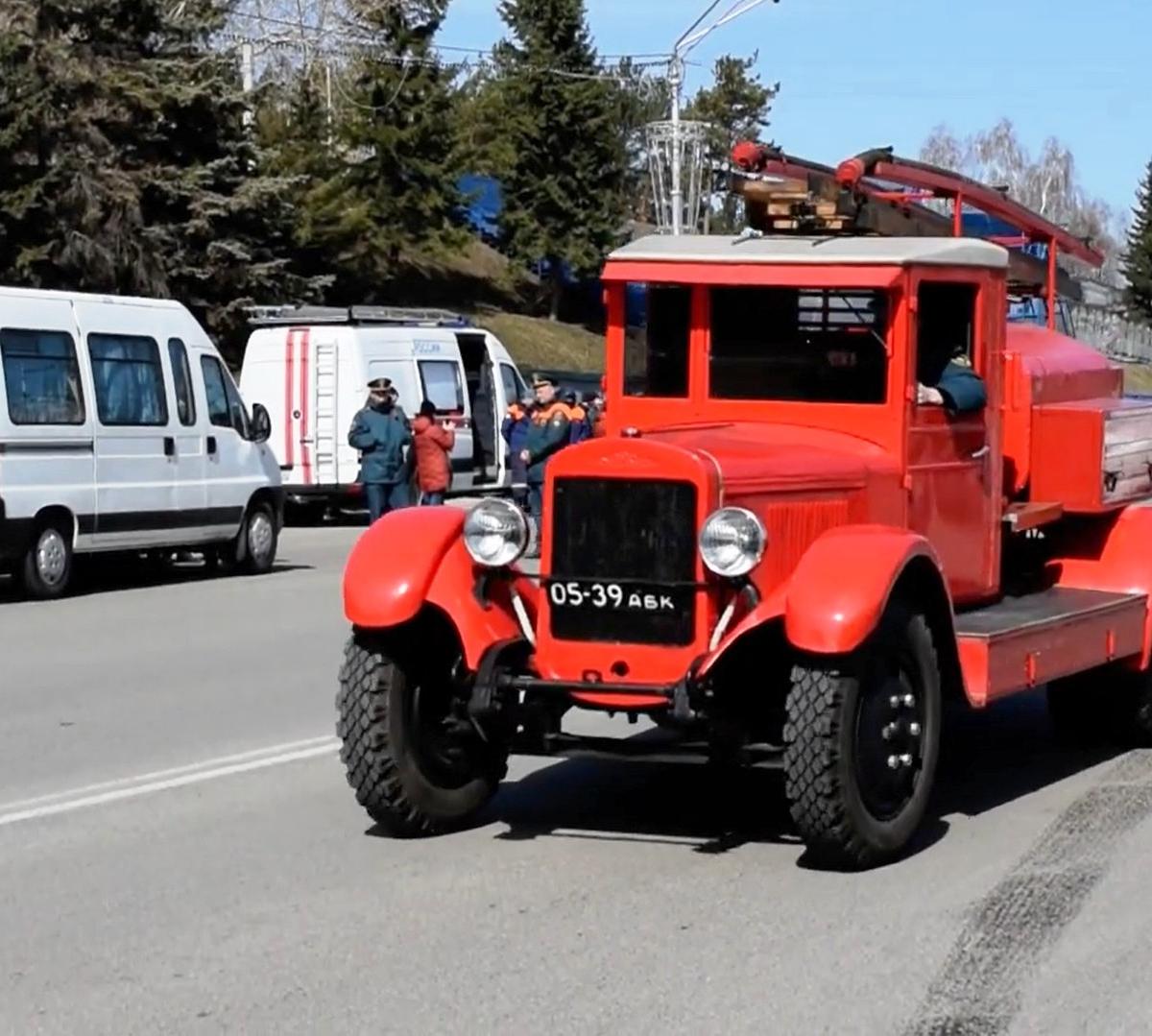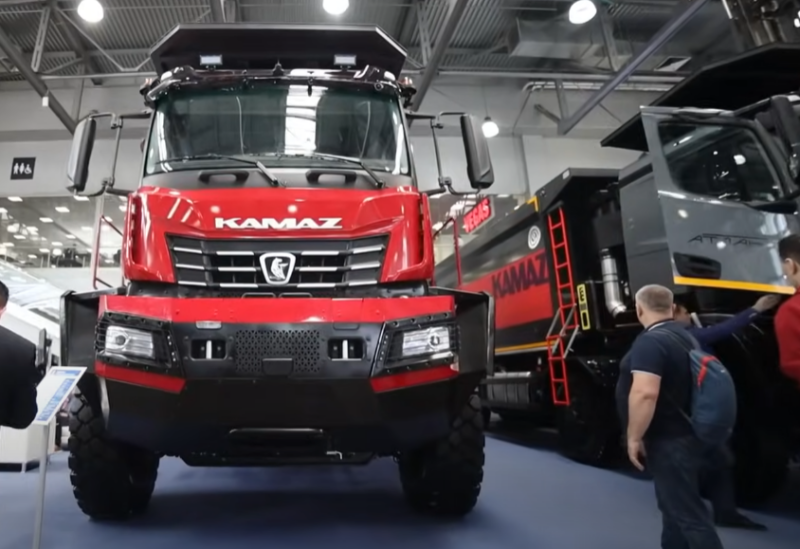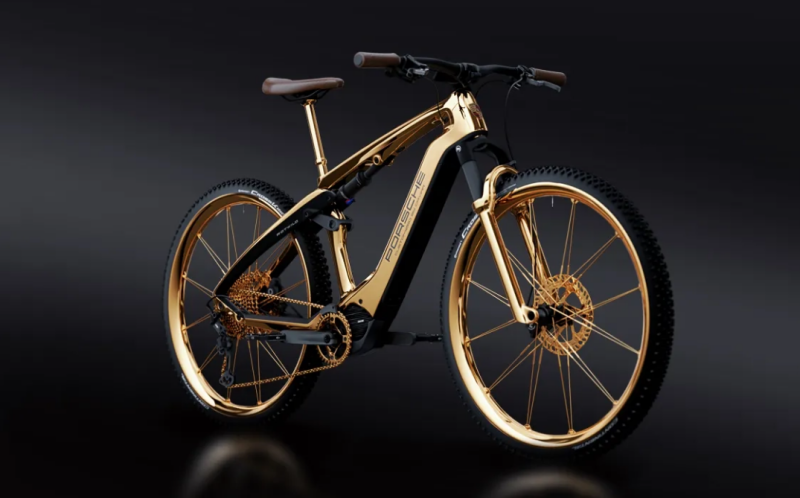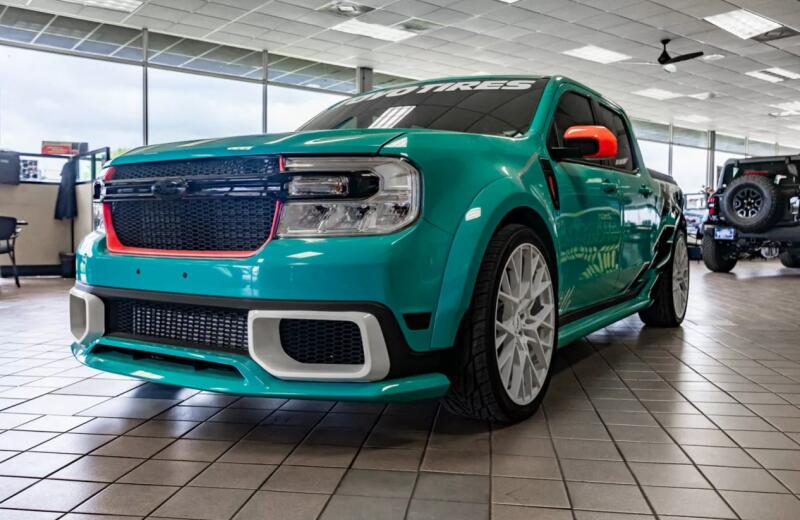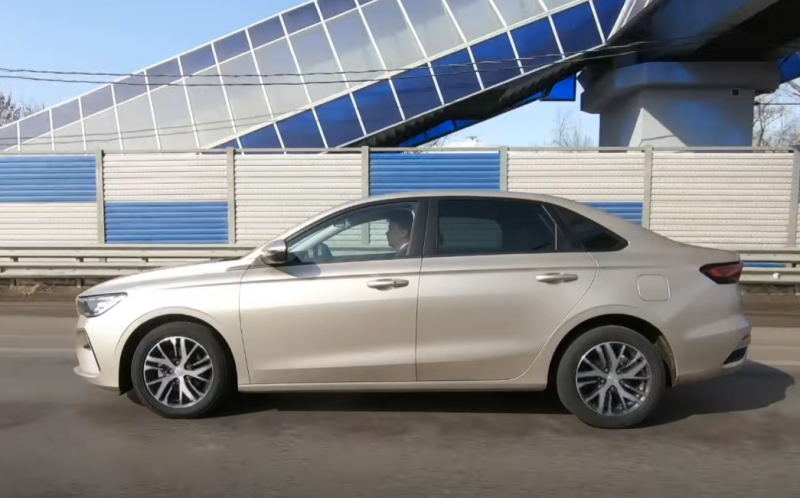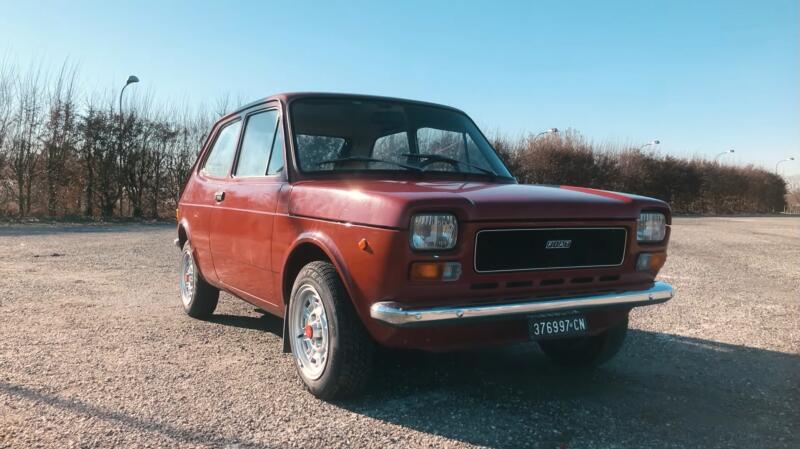It is worth recalling that the domestic auto industry was then in the process of formation, there was no MAZ, no KrAZ, no KAMAZ yet. But ZIS and GAZ have already appeared. It was the chassis of popular and reliable models of these brands that became the basis for the creation of fire transport in the 30s.
 And today you can meet instances of PMG-1 on the go. Photo: youtube.com
And today you can meet instances of PMG-1 on the go. Photo: youtube.comIt was the time of the beginning of mass production of this type of special transport, so the designers had a vast field for the flight of creative thought. For the same reason, cars that seemed to be of the same model, but assembled at different times, could have significant design differences. The main goals that were pursued were an increase in the autonomous water supply and the installation of the highest quality model of an autopump. Efforts were also made to improve the transport conditions for the fire brigade.
"Lorry", which became a "fire"
At the turn of the second and third decades of the 4th century, when the construction of the GAZ plant was in full swing, there were two automobile enterprises that produced special vehicles. In Moscow, it was the Miussky Mechanical Plant (which became a branch of the ZIS in the middle of the decade). In the northern capital - the plant "Prometheus". They used AMO-XNUMX chassis, different models of ZIS and imported trucks as a base for fire trucks. Everything changed after the launch of the automotive giant in Gorky.
 A small car with everything you need to put out a small fire. Photo: youtube.com
A small car with everything you need to put out a small fire. Photo: youtube.comThe very first model of the plant, which received an index from the American donor car - “AA”, turned out to be so successful and popular that we know and remember it very well even now, nine decades later. This, of course, is a light truck, affectionately referred to as a "lorry". It was a sin not to take advantage of this opportunity to create a small, but mobile, with a good motor resource and maintainability, a fire truck.
The machine created on this chassis received the abbreviation PMG-1. Despite the attempts of pranksters to decipher it like “God help me!”, In fact, everything was much more pragmatic: a fire truck on a GAZ chassis. The number "one" indicated that it was the first, but far from the last model - the result of fruitful cooperation between the country's fire service and the automotive giant.
The production of fire novelties began to be mastered at the same factories that were mentioned above. It was quite a logical decision, because there were already special equipment and trained personnel for the assembly of fire vehicles. It only remained to master the new model and increase production volumes. And the motorists managed to successfully implement this.
Reliable fire truck of provincial cities
Why was such an increase in the number of special vehicles produced at all necessary? The best way to answer this question is by appealing to numbers. Here is what the growth dynamics of the late 20s looked like:
✅ 1926 - 26 fire trucks were produced
✅ 1927 - 90 "fire"
✅ 1928 - 323 special vehicles left the assembly line
As you can see, every year production volumes grew by 3,5 times, but even these machines were not enough for a huge country. A temporary way out of the situation was the allocation of foreign currency for the purchase of imported fire equipment. But, it was a road to nowhere, therefore, the currency flow for these purposes became thinner, until it completely dried up. Firefighters frantically searched for a solution to the problem.
At the turn of the decades, they even began to restore the freight transport that had exhausted its motor resource and convert it into fire trucks. This gave at least a temporary, but respite. So everyone happily jumped at the opportunity to use the chassis of a truck with thousands of copies per year. It seems that the time has come to solve the deficit problem radically. PMG-1 from the first years of production has earned reasonable respect from drivers and leaders of fire brigades. And there were several reasons for this:
✅ good maneuverability, speed and softness
✅ ease of laying fire equipment
✅ well equipped kit
Thanks to these moments, firefighters began to arrive at the scene of a fire faster and more effectively fight the elements. This contributed to the saving of thousands of lives and the preservation of property worth millions of rubles. Another confirmation of the good work of the new "pozharki" was the fact that now there were more and more cases when the localization of the fire was carried out by the forces of one calculation and in the shortest possible time.
The only point that has become an obstacle to the widespread use of PMG-1 in the fire department of megacities can be called a low carrying capacity. The maximum, which was one and a half tons, was already exhausted by the presence of a 1,5-cube tank. But there was also a need for a pump, which was made on their own, a hose and dispensing sleeves. In general, all other equipment was already going into overload, but a good engine was trying to somehow cope with it.
 "Veteran" is able to cause a noticeable revival in the public. Photo: youtube.com
"Veteran" is able to cause a noticeable revival in the public. Photo: youtube.comBut, even this was not enough for the capital and other large Soviet cities. So a beautiful and reliable car migrated to the provincial cities of the country, and after that it was assigned to rural fire brigades. Fortunately, the latter contributed to the fact that the cars "survived" to the Brezhnev era and, in some copies, have survived to this day.
How did you solve the problem of increasing the water supply on fire trucks PMZ-1?
To extinguish large fires, a large force of water flow was often required. The obsolete AMO-F-15s could not provide this, and the PMG-1s did not always cope either. A car with a more powerful engine was required, and the ZIS-5 became the best option at that time. It was his elongated chassis, marked ZIS-11, that became the basis for the new fire engine. She received the marking PMZ-1. The letters in the name had the same meaning as that of another fire model, with one difference - “Z” meant the use of units from ZIS vehicles.
 Spring bridges and no hydraulics. Photo: youtube.com
Spring bridges and no hydraulics. Photo: youtube.comThey tried to make the car as ergonomic as possible for its time. For example, a 2-stage centrifugal pump D-20 was installed at the rear of the frame, and the gas tank was installed behind the driver's seat. Of course, the latter solution, by modern standards, would be recognized, to put it mildly, unsafe. Directly on the frame at the rear on both sides were open seats for members of the fire brigade and reels with throwaway sleeves. In the niches of the steps there were boxes for storing working tools, and a foam generator and two fire extinguishers were attached to the right.
The main advantage of this car was considered to be a powerful motor, which allowed the simultaneous connection of four fire nozzles at once while maintaining the power of the water jet. As a result, a small or medium-sized fire could be localized by one brigade of 16 people. Before the war and immediately after it, this car was the best assistant to firefighters. But, time spares no one.
 The first models were not preserved - this is already PMZ-2. Photo: youtube.com
The first models were not preserved - this is already PMZ-2. Photo: youtube.comIn the 50s, new models appeared, which became the basis for the updated "pozharki". Time PMZ-1 inexorably approaching the end. Increasingly, they were removed from service and transferred to the ownership of voluntary fire brigades. This service was their last mission, and today only pleasant memories remain about these cars.
